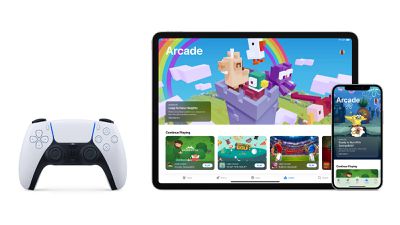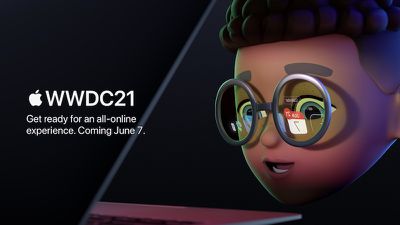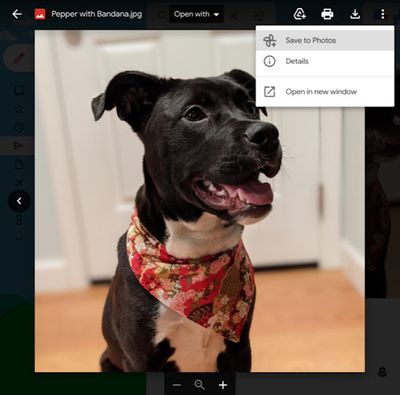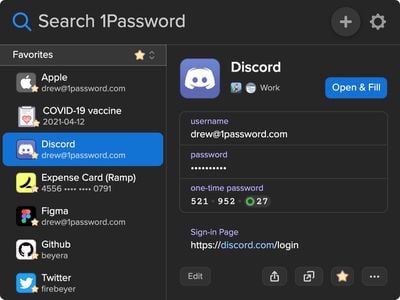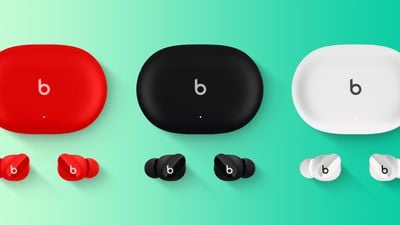In a report focused on upcoming third-generation AirPods and second-generation AirPods Pro, Bloomberg's Mark Gurman added that Apple has yet to start working on second-generation AirPods Max, although he said the company has discussed launching additional color variations for the over-ear headphones in the future.
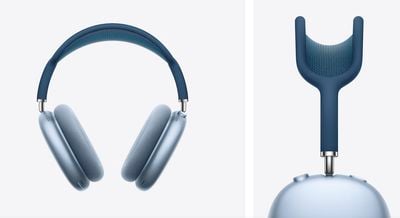
The relevant bit from the report:
The last AirPods-related hardware introduction from Apple was the over-ear AirPods Max headphones in December. That $549 pair earned criticism for bugs and its high price but praise for its materials and sound. Apple only recently caught up with demand for the product, and it is not currently working on a second generation of the AirPods Max, though it has discussed launching additional color variations in the future.
AirPods Max are currently available in Space Gray, Silver, Green, Sky Blue, and Pink, although interchangeable ear cushions allow for many color combinations. Prior to the AirPods Max being announced, Gurman said Apple also planned to make the headband interchangeable, but the company ultimately decided against that idea.
Launched in December 2020 for $549, the AirPods Max are high-end wireless over-ear headphones, with key features including premium sound quality with Adaptive EQ, Active Noise Cancellation with Transparency mode, an Apple-designed H1 chip in each ear cup for seamless integration with Apple devices, and more.


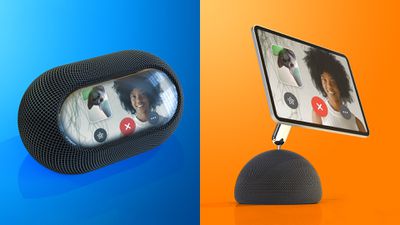
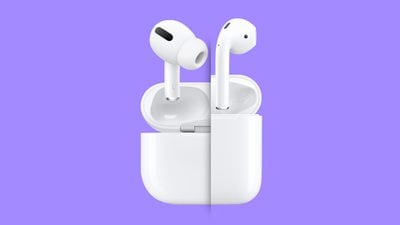
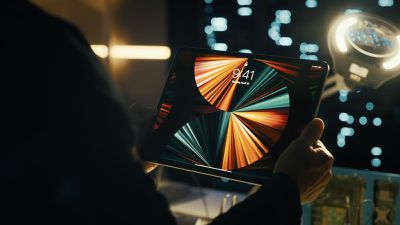
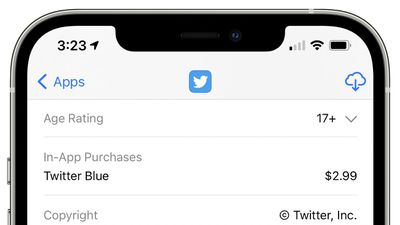
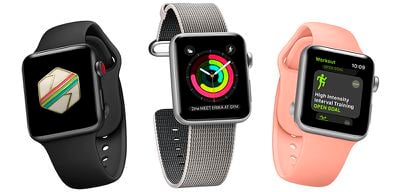


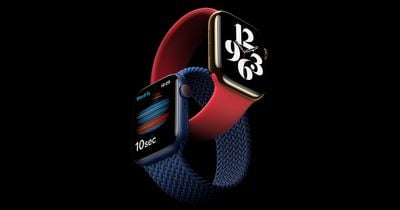
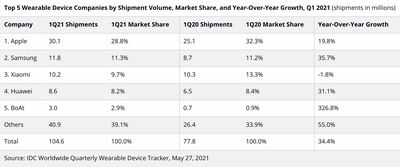

 Note: MacRumors is an affiliate partner with Amazon. When you click a link and make a purchase, we may receive a small payment, which helps us keep the site running.
Note: MacRumors is an affiliate partner with Amazon. When you click a link and make a purchase, we may receive a small payment, which helps us keep the site running.